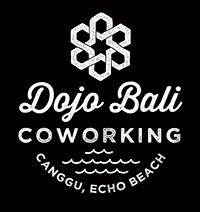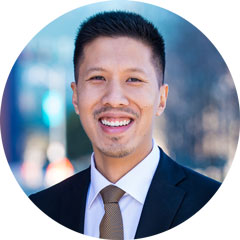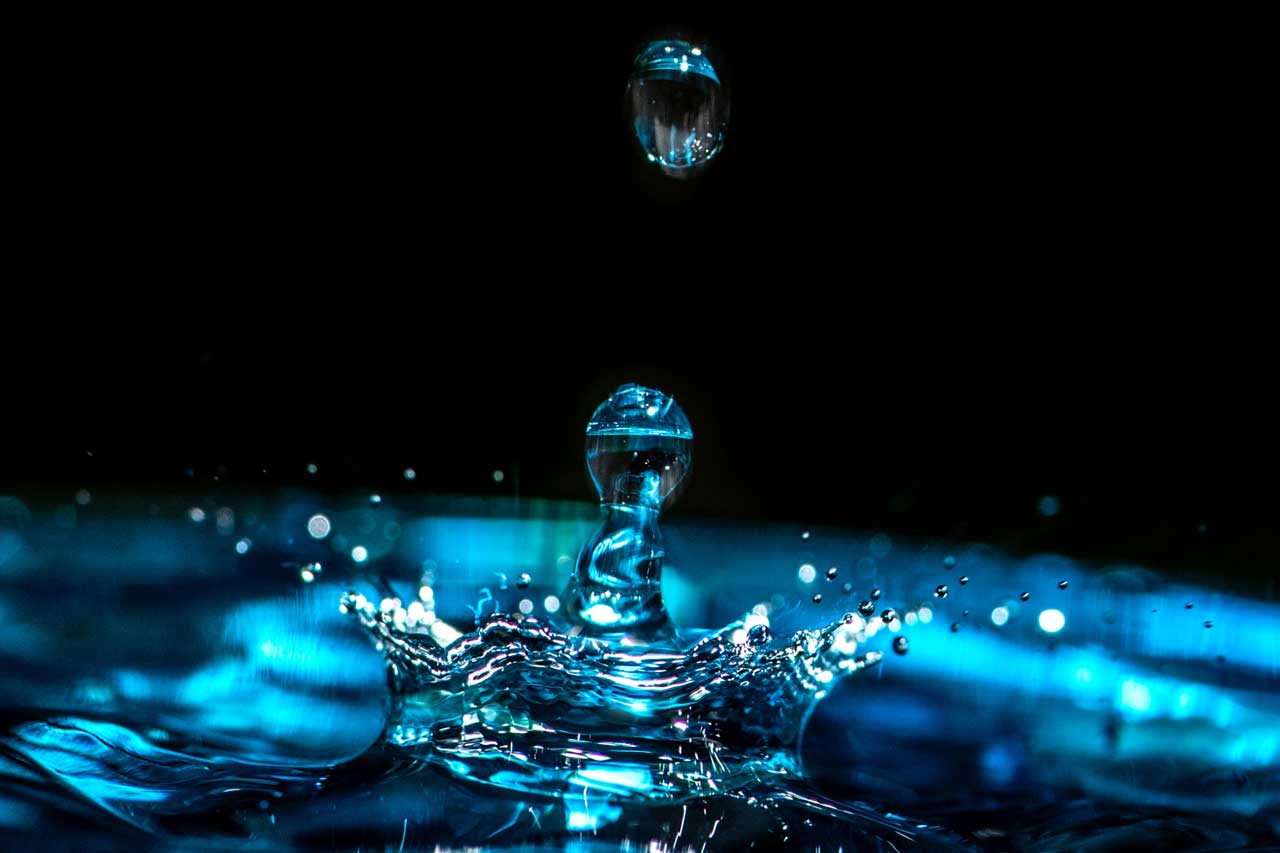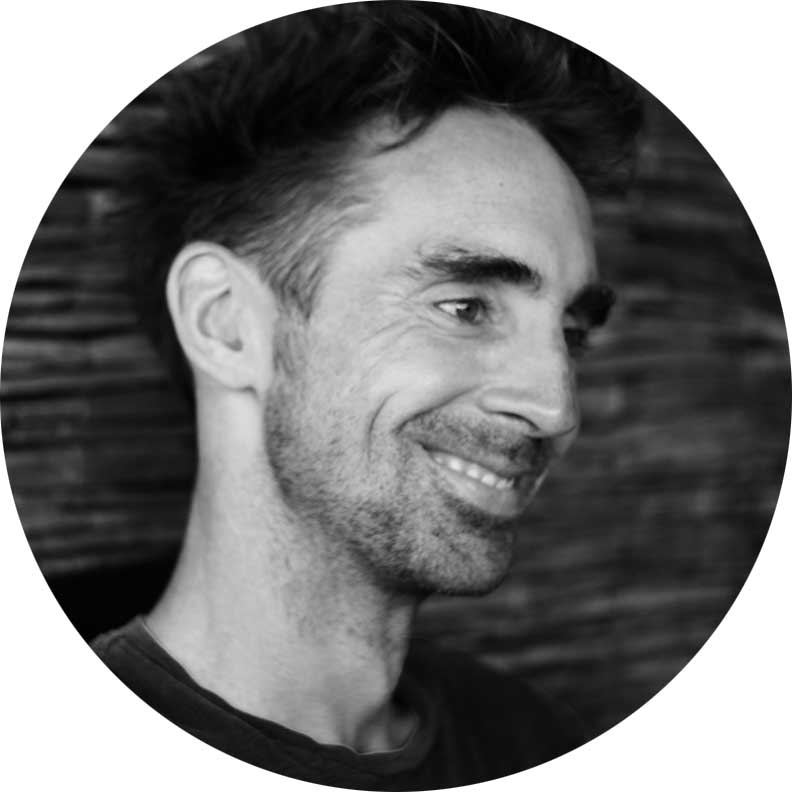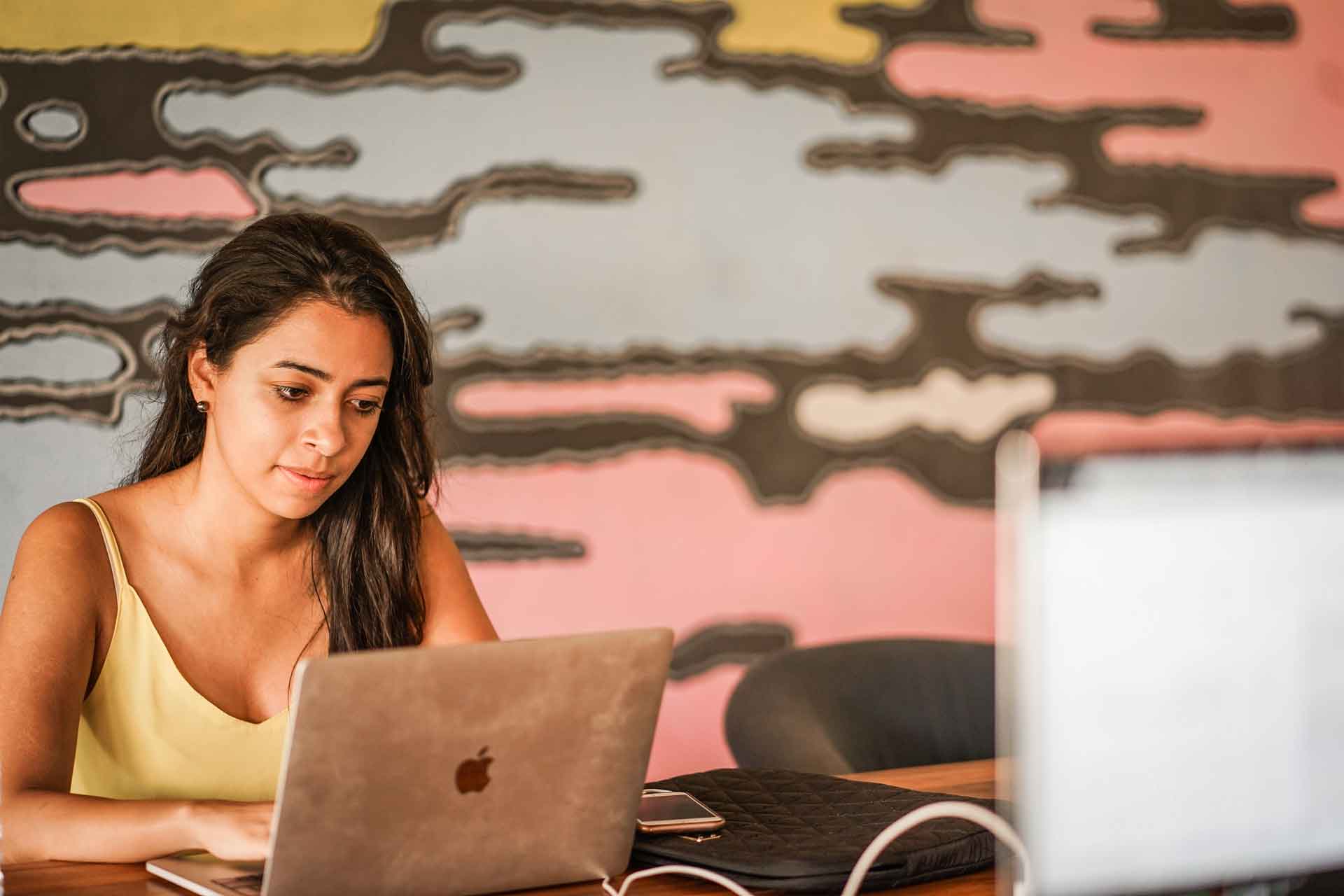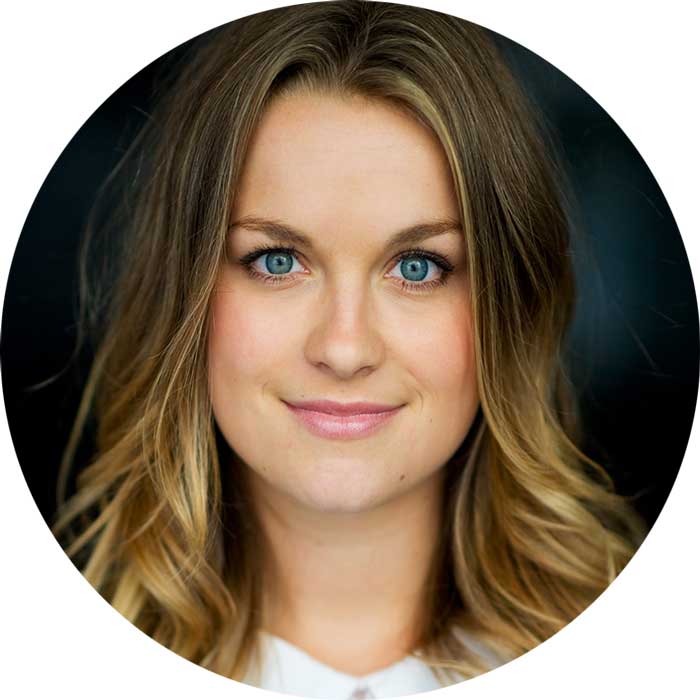In 2011, I was living in Bangkok when the biggest flood in Thai history hit the city. Luckily for me, I was working for TEAM Group, a consulting company specializing in flood modeling and as employees we were updated closely about the situation.
When the flood arrived on Bangkok’s outskirts, just 40 kilometers from my house, I suggested to my mom, who was physically disabled, to evacuate to Chiang Mai (my grandmother’s hometown). She flew out two days later.
I stayed home alone to protect the house. There was little I could to but to build embankments with sand bags. Of course, the prices for those bags skyrocketed as demand soared.
In early November 2011, the flood reached Klong Bang Sue (the closest canal to my house), about 1.5 kilometers away. I sat on a bench in the front garden of my house and wondered what to do. Should I evacuate myself, like my mom? How long would the flood last?
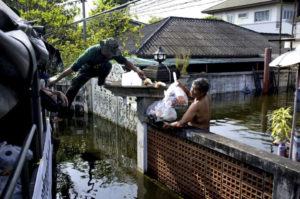 A picture of a flooded house in Bangkok where emergency response reached to help provide basic food.
A picture of a flooded house in Bangkok where emergency response reached to help provide basic food.
Source: RNBK by Roland Neveu, 2011.
Luckily, the flood didn’t go past Klong Bang Sue and I was safe. Others weren’t. For many, the entire ground floors of their homes were completely submerged.
In December, I helped flooded communities and saw first hand people struggling with the consequences. They had no water to drink and no food. I felt devastated!
LIVING IN LOCATIONS WITH SEVERE WATER ISSUES
I grew up between Sydney and Bangkok, populated cities in two countries which struggle with water issues in drastic ways. This upbringing taught me the importance of water and gave me contrasting perspectives on severe water events.
There was Thailand with its flooding. And there was Australia, which, when I lived there, had been facing a drought problem, not for years but for decades. Many states imposed water restrictions to deal with the situation.
On the other hand, when I lived in Sydney between 2008 and 2011, there was a terrible flash flood in the Brisbane Central Business District. People fought to stock their food supplies as they feared for their future.
I could only watch the event unfold on the news, yet it was obviously total chaos. And yet on June 1 this year, the government enforced the first water restrictions in a decade. Sydney’s reservoir is drying up at one of the worst rates in decades.
Water problems like these have always fascinated me and I wanted to be a part of the solution. I completed a Master’s Degree in Water Engineering at the University of New South Wales, Australia. I believe clean water is the foundation of life and I have been working in the water sector ever since.
IT TOOK YEARS FOR ME TO VISIT INDONESIA
Despite spending part of my childhood close by in Thailand, I’d barely explored Indonesia until I joined Water.org in 2015. Water.org is a nonprofit organization that works to increase access to clean water and sanitation in developing countries via innovative financing approaches, including small loans.
I had the opportunity to build Water.org’s first ever water utility program here in Indonesia and spent a significant amount of time working in the country; I had to travel to Indonesia every quarter for 3-4 weeks at a time!
My first trip to Indonesia was to Bali for my honeymoon in 2014. It was bliss. But my second visit was bittersweet.
 A photo from our December 2014 Bali trip
A photo from our December 2014 Bali trip
It was October 24, 2015, the day before my birthday. I was at Water.org’s Jakarta office when I received terrible news about my mother. She had suffered a severe stroke and had less than a 20% chance of survival, along with no ability to interact ever again.
My world went from excitement about my 30th birthday to completely BLACK. I didn’t know what to do. My fingers were numb and my brain froze for hours.
My Indonesian colleagues had a small birthday surprise for me but I could only say sorry over and over again while trying to keep myself from crying. I flew to Bangkok the following morning to see my mom for the very last time.
I was disconsolate dealing with one of the biggest losses of my life. But I felt the call to return to Jakarta, even though my former supervisor told me to take off as much time as I needed. After my mom’s funeral, I returned to Jakarta right away.
BRINGING CLEAN WATER TO INDONESIANS
My fieldwork trips to rural areas across Indonesia always brought me joy, goosebumps, and new learnings. I spent 6 months altogether in Indonesia during the 3.5 years I worked at Water.org. That’s 15% of my time! And I don’t regret a minute of it.
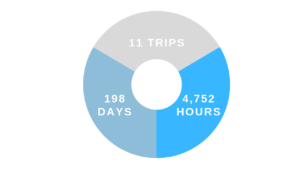
I visited partner organizations to listen to their challenges and provide a set of recommendations to better improve their water financing programs.
Visiting houses of people who gained access to clean water was the most rewarding experience of my work. I got to see actual changes in people’s lives after having water used at home.
The water utility program I built changed water utilities perspective to bring clean water to Indonesian low-income communities in urban areas.
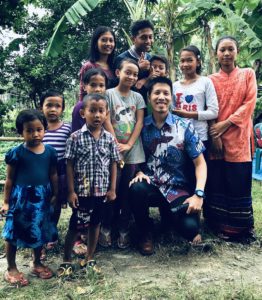 This picture was taken during my third work trip to Indonesia in March 2016
This picture was taken during my third work trip to Indonesia in March 2016
The photo above captures one of my favorite moments working in Indonesia. Our work in Kabupaten Grobogan in Java involved connecting local homes to water.
A family got two new water taps in the back of their house both in the bathroom and kitchen. Family members used water for showering, cooking, and washing dishes. The tap water looked clear and was available 24/7.
While that in itself was rewarding, more fulfilling was spending time with the children, who showed their total appreciation with the most spectacular smiles.
Those smiles are why I wake up and work hard everyday. During my time working at Water.org, I empowered over 150,000 Indonesians to gain access to clean water. Having tap water at home saves time for families to pursue new opportunities for their lives. Children have more time to play and study.
I left my job at Water.org in March 2019 to begin a year of travel and to explore new water innovation, which helps accelerate clean water access across Southeast Asia. I’m excited to help more Indonesian families!
THE WATER SITUATION IN BALI
With 270 million people, Indonesia has the highest population of any Southeast Asian country. This accounts for about 40% of the total population in Southeast Asia. Yet 27 million Indonesians or 1 in 10 people lack access to clean water.
To put this into perspective, let’s say Dojo currently has about 300 members, which means 30 members (or someone just like you) lack access to clean water for daily consumption. That’s crazy to imagine, right?
Of course the first thing I did after arriving in Bali in March 2019 was to research water issues in Bali.
An article in the Jakarta Post stated: “Lack of water has been Bali’s pink elephant in the room for decades”. That sentence jumped out from the screen and made me want to do something for Bali.
River water and groundwater are the main water resources for Bali in both urban and rural areas. But how is the quality of the water? It depends. And it gets complex, so if you’re interested, I direct you to the second point in this article.
But water quality can affect digital nomads just as much as any other Balinese local. Take my Dojo friend, who once found out while we were out at dinner that there was no water at her villa.
How was she going to shower? Wash her face? Go to the bathroom? When would the water return? How long would she need to book a stay elsewhere?
Learning from the experience, she said, “you can’t really stay at a home that doesn’t have functioning water”.
Fortunately for her, our legendary Dojo Event Manager sorted her out and her villa’s water issue was fixed soon afterwards. But many local Balinese don’t have the luxury of finding such a quick solution.
WHAT’S NEXT WITH BALI AND WATER FROM HERE?
I’m working with Gravity Water as a board member to help increase drinkable water access for children in Balinese schools through rainwater harvesting technology. This solution simply collects and treats rainwater by gravity-fed filtration. The systems can operate entirely electricity and pump free.
I’m advising them on expansion strategies in Bali and across Indonesia. It gives me endless pleasure to see us bringing clean water to many more Indonesian students and creating a bright future for them.
Gravity Water completed its first project in Kintamani (their first in Indonesia, actually!) in February 2019, delivering clean drinking water to about 300 students.
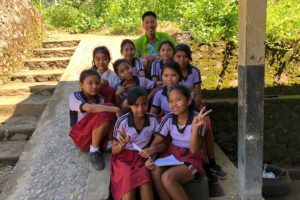 This a photo taken from the school in Kintamani during my one-day visit in May 2019
This a photo taken from the school in Kintamani during my one-day visit in May 2019
As one of the smallest provinces in Indonesia, yet with the highest number of annual visitors, Bali’s water issues are complex. There’s no one-size-fits-all solution but a combination of grid and off-grid water solutions are needed to ensure universal access and sustainable water for Bali.
We, the people who live here in Bali, might consider supporting water organizations like Gravity Water by donating or volunteering with them.
If you’re interested, seek me out at Dojo or contact me at khunapong@gmail.com.
Bali has found a place in my heart and I will continue to educate others and work towards water innovation and sustainability for Indonesia. Will you join me?
